Explain in depth the ten elements that affect fruit expansion!
Time:2023-01-30 Follow:853
The first element that can expand fruit is complex, that is, hydrogen, oxygen, H, O
As we all know, these two often synthesize water, which is an indispensable part of fruit expansion. If the fruit is short of water when it is expanded, then the fruit expansion will be impossible to begin with. The fruit will become delicious and juicy through water enrichment. Many fruits contain a lot of water, which is also the source of the word fruit. At the same time, hydrogen and oxygen also build a variety of organic substances on the fruit, such as sugar, protein, etc, So they are two essential elements.

Second element: carbon C
As we all know, organic matter is basically constructed by the formation of carbon, and the formation of sugar, protein, fiber and other substances are all structured by carbon, so the carbon supplement is of great significance to the expansion of fruit, and has a good effect on improving the flavor and sweetness of fruit. 1、 Ensure leaf quality and smooth photosynthesis. 2、 The base fertilizer is decomposed and organic fertilizer is sufficient, which is a very important source of carbon. At the same time, humic acid, amino acid polypeptide, sugar alcohol, seaweed extract, etc. are supplemented during the growth period to increase the absorption of small molecular carbon.
Third element: nitrogen N
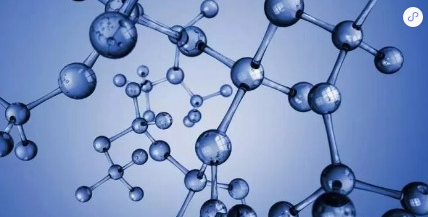
Most of the time, swelling and sweetness improvement are two different concepts. The swelling fruit is generally low in sweetness, and the sweetness begins to appear in the later stage of ripening. Then, the swelling fruit needs nitrogen supplement. The structural meaning of nitrogen is to form amino acid and protein construction. If the nitrogen is insufficient, when the fruit expands, the fruit cells begin to appear incomplete cell membrane, At the same time, nitrogen is also an element for synthesizing plant growth hormone. However, when nitrogen is excessive, the fruit will grow excessively, resulting in a decline in fruit expansion. The key to fruit expansion is to master a proper amount of nitrogen.
Fourth element: zinc
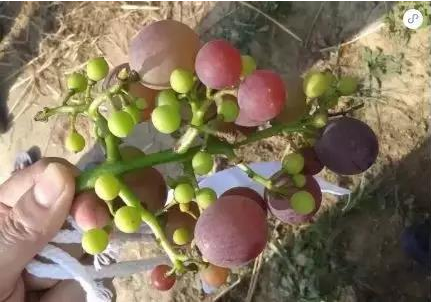
The use of zinc can increase the content of local indoleacetic acid in plants, and the transfer ability of zinc is not strong. If it is only used on fruit, it can enhance the fruit as an active part of metabolism to scramble for nutrition and play a better role in expanding the fruit, but at this time, it must have enough organic matter as support, so as to play a better and more effective role in expanding the fruit, Otherwise, there will be a risk that the fruit will become hollow after expansion or the ability of the fruit to resist the external environment will decline. However, when the zinc is sprayed as a whole, the content of indoleacetic acid in the whole will be increased to a certain extent, and the swelling of the fruit will be significantly different. At the same time, the use of zinc can make up for the weakness of the seeds to a certain extent, especially the grapes, After using zinc, seedless grapes can improve the snatching ability of each fruit as a whole, which can obviously prevent the formation of large and small fruits.
The fifth element: potassium K
Potassium basically regulates the overall solubility of crops in plants, and can also regulate the relationship between metabolic source and sink. It has a conflicting effect with zinc, but potassium is the balance between regulating the source and storage of photosynthesis, which is conducive to the accumulation of photosynthetic substances into fruits, but it should be completed on the basis of the next element.
Sixth element: boron B
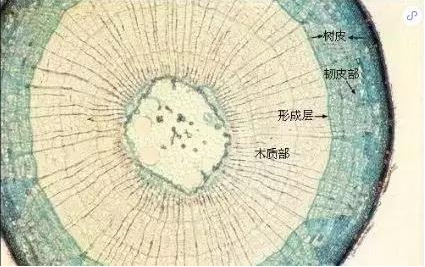
Boron is a wonderful element in many times. If there is boron deficiency, the sugar produced by photosynthesis on the leaves will not be transported from the leaves to the fruit or the root system, resulting in the lack of fruit contents, so the foundation of organic matter will play a better role.
The seventh element: calcium Ca
As the second messenger, calcium participates in the regulation of cell division, and the role of calcium as the basic element cannot be ignored. Calcium can stabilize the cell wall and improve the pectin adhesion between fruit cells, so that the cell wall will not disintegrate when the fruit expands, and the carbon shelf will not be scattered. At the same time, calcium plays an important role in preventing cell separation. For growth, To a certain extent, it can control the advantage of the top, and it is also good to prevent overgrowth.
The eighth element: magnesium Mg
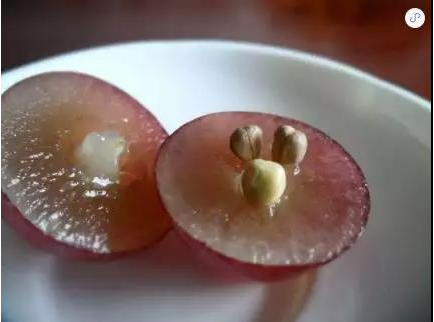
Many times we are unfamiliar with magnesium. However, the first function of magnesium is to form chlorophyll, but it must be combined with nitrogen, carbon and water. The increase of chlorophyll is only more effective in providing organic matter. However, the other function of magnesium is in seeds. Many crops can see a phenomenon. After the formation of seeds, magnesium deficiency will be more serious. On some seedless fruits, the degree of magnesium deficiency is much lighter than that of seedless fruits, such as seedless watermelon.
As we all know, the sweetness of fruit is achieved by potassium, but the seedless watermelon has no seeds, so the transfer of magnesium to seeds is not obvious, so the lack of magnesium is not serious. However, after the seeds are formed, when the magnesium is insufficient, the leaves immediately show the phenomenon of magnesium deficiency. If it is potassium deficiency at this time, the sweetness of fruit will be significantly reduced on the seedless watermelon. There are also grapes. Seeded grapes will lack magnesium after the formation of seeds. In severe cases, the leaves will turn yellow, but their fruit is still sweet because they do not lack potassium. When magnesium is sufficient, magnesium can be transferred to multiple parts, but when magnesium is insufficient, magnesium will be limited to the formation of seeds, because seeds are the purpose of plant growth, not fruit or leaves.
Why are the ninth and tenth elements mentioned together? The two elements are sulfur and phosphorus S and P
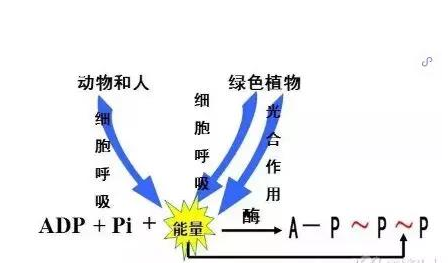
Phosphorus is the main element of energy substances, mainly the formation of ATP. The running speed of phosphorus in the plant body should be active in all elements. After the formation of ATP from the leaves, it is necessary to supply the root system with energy substances to absorb nutrients and synthesize amino acids. This time will be critical. Sulfur is to improve the speed of photosynthesis in photosynthesis, and the synthesis of protein also makes the protein have enzyme activity, The enzyme activity determines the metabolic rate of the whole organism. One provides energy for the synthesis of sugar and amino acid, the other plays a great role in improving the activity of protein and enzyme, and mutual cooperation plays a better role in expansion. Without the operation of phosphorus, the plant will lose all its power, but when the phosphorus is excessive, it will lead to premature ripening of the fruit without the completion of expansion, and serious increase in fruit fiber.
Phosphorus is not a quality element, but it is a necessary element for energy transfer in many times. Proper phosphorus is very important. Excessive phosphorus will fix calcium and other trace elements; After the activity of the enzyme is increased, the speed of the synthesis of organic compounds is increased, which is beneficial to the accumulation. It will be more obvious to strengthen each other through potassium and boron. However, after the application of sulfur on the base fertilizer, there is no need to supplement it in the growing season, because the compound fertilizer and water-soluble fertilizer you use generally contain sulfur.
Other elements also play a great role in photosynthesis, such as iron, but they are relatively weak for swelling, mainly in the prevention of chlorosis and premature senescence of leaves, so they are not included. Many elements are indispensable, but they are interrelated in different aspects. The elements that are not mentioned do not mean that they have no effect, but they are not as direct as using the above 10 elements in expansion.
However, in addition to the above 10 elements, the expansion of some crops is not enough. For example, peanut, soybean, cucumber, tomato and other crops, if molybdenum fertilizer is used, the expansion effect will be very obvious. However, molybdenum fertilizer is expensive, and few farmers are willing to invest heavily, so it has not been well promoted and applied.




